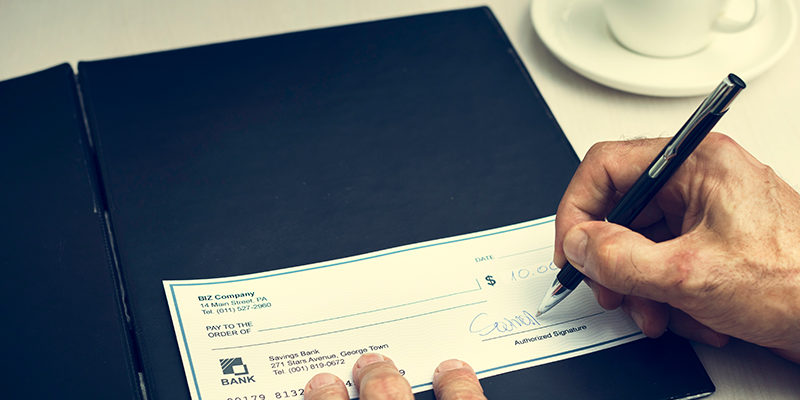(This post explains Legal amount and courtesy amount,Effect of date written in Saka samvat,Cheques written in Regional Language, meaning of e-cheque.)
A cheque has three principal parties viz. Drawer; Drawee and Payee. The drawer is the person who issues (draws) the cheque. The drawee is the paying bank whose name and address is printed on the cheque. The drawee makes payment when the cheque is presented for payment. Payee is the person whose name is written on the cheque. The payee is entitled to receive amount mentioned in the cheque.
Legal amount and courtesy amount:
The amount written in words is called ‘legal amount’ of the cheque and amount written in figures is called ‘courtesy amount’. Where there is a difference between words and figures expressed in a cheque, the amount in words is the amount payable as per Section 18 of N.I.Act 1881. It is customary to return a cheque written only in figures with a reason “Amount required in words”. However, if the amount is written only in words, though it is unusual in form, it is not incomplete and therefore bank must pay the cheque, lest they would probably be liable to their customer for any damage or loss incurred through refusal.
Effect of date written in Saka samvat
Government of India has accepted Saka Samvat as National calendar with effect from 22 March 1957 and all Government statutory orders, notifications, Acts of Parliament, etc. bear both the dates i.e., Saka Samvat as well as the Gregorian calendar. Therefore an Instrument written in Hindi having date as per Saka Samvat calendar is a valid instrument. Cheques bearing date in Hindi as per the National Calendar (Saka Samvat) shall be accepted by banks for payment, if otherwise in order.
Cheques written in Regional Language:
The cheque leaves are printed in Hindi and English. The customer may, write cheques in Hindi, English or in the concerned regional language as per his/her preference. Banks shall accept such instruments for payment if otherwise in order.
Meaning of e-Cheque:
E-cheque is a cheque in the electronic form which is an exact replica of a paper cheque, generated in a secure manner with the use of digital signature and asymmetric cryptosystem of the computer. Some e-cheques have added the security of biometric access to the digital signature of drawer.
Related articles:
Rules for cash payment of a cheque
Effects of not negotiable mark on a cheque
General and special crossing of a cheque
Meaning of material alteration in a cheque
Difference between bill of exchange and cheque




Banks shall accept such instruments for payment if otherwise in order.
What does this statement mean?
A cheque is called otherwise in order when (1)the date mentioned is within the validity period of cheque or it is not post-dated, (2) drawer’s signature appearing on a cheque is exactly the same as per the records available with the bank payment of bearer cheque to the bearer or to the endorsee if the endorsement is proper.(3) Payment is not stopped by the drawer/court order